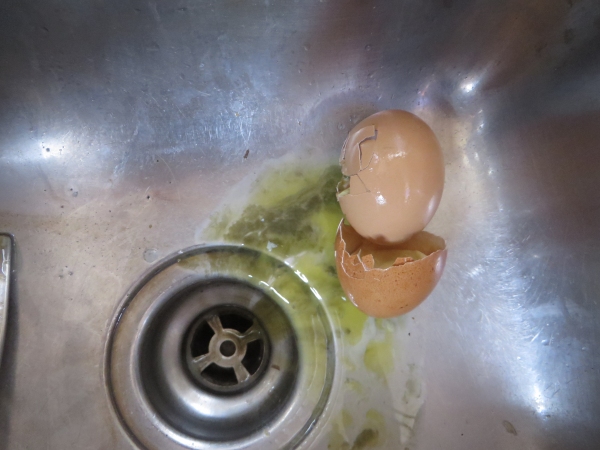A Little Boat Work in St. Augustine
/Though you think we've been doing nothing but playing, we have, indeed, managed to get a few things accomplished. After all, we live on a boat and we're in an exotic place and … well, you know how that goes; we've said it often enough. The list wasn't as long as it has been in the past … 26 to-do's of which 10 were on the A list and they've either been completed or are close to completion. David was able to have new hydraulic hoses fabricated shortly after we arrived and installed them immediately, so the engine … sans transmission oil leaks ... is ready to go. He also replaced the mast boot whipping, re-tensioned the aft port lifelines, replaced the seal on the forward head pump, re-caulked a couple of hatches and the stern portlights and replaced the lashing on the starboard goal posts (support posts for the wind gen). Whew!
I had masked all the saloon and aft cabin portlights for sanding and revarnishing while on passage, and, after replenishing our varnish supply at a local marine shop on one of our walking excursions about town, we've been diligently varnishing each morning in hopes of getting at least six fresh coats of varnish on the portlights before we depart. All the window coverings have been washed and are ready to be rehung whenever we finish the varnishing.

One problem we always encounter is that our boat projects tend to expand. For example, when prepping the stern portlights, I noticed the caulking needed to be redone. It went on David's list. And then, I decided the forward head hatch was looking a bit shabby, too, so I figured sanding it and slapping on some varnish would only take a a few minutes longer than doing just the portlights. Then David suggested that perhaps the railings on the companionway ladder could use some work along with the teak handhold in the galley.

He was right and we began sanding those. Unfortunately, sanding wasn't enough, but we were committed once we started. They required scraping and sanding which became a whole day affair to complete, not to mention the clean-up involved. Whoosh … there went the whole day.

We sometimes meet sailors who arrive in port and have nothing on their to-do lists. In fact, they don't have to-do lists at all and wonder why we have to dedicate so much time to maintaining Nine of Cups. True, we have more teak and stainless than a lot of boats and perhaps, because she's an older girl, like us, she needs more attention. Or, perhaps it's because the Captain is really not happy unless he's puttering around on his boat doing stuff. We're waiting for weather to begin our passage north and might as well use the time for something productive. Whatever … we've come to the conclusion that the Nine of Cups to-do list is eternal. It gets shorter and longer, but it will never go away.




